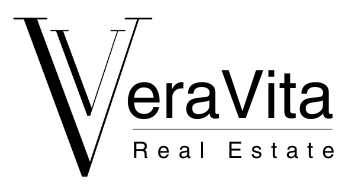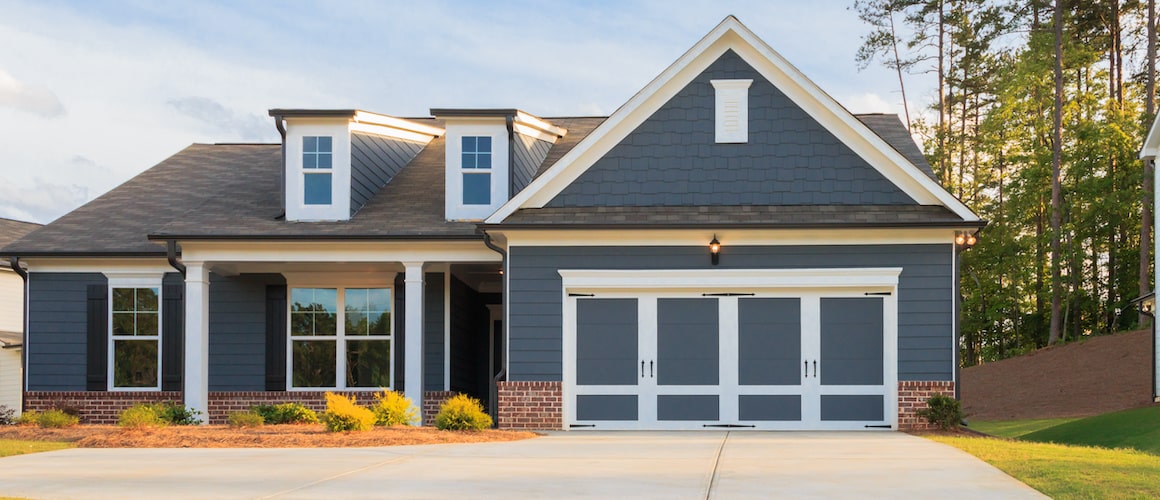Economic Ripple Effect: How New Tariff Policies Are Driving Mortgage Rates Down and Increasing Homebuyer Purchasing Power
Tariff Announcement Triggers Significant Mortgage Rate Decline
The real estate market is experiencing an unexpected shift following President Trump's sweeping tariff announcement on April 2, 2025. In a remarkable two-day response, mortgage rates plummeted from 6.75% to 6.55%, reaching their lowest level in six months. This sudden decline represents a potential opportunity for prospective homebuyers who have been waiting on the sidelines for more favorable conditions in an otherwise challenging housing market.
The average daily mortgage rate of 6.55% recorded on April 4 stands in stark contrast to rates earlier this year, offering a glimmer of hope for buyers struggling with affordability concerns. Financial analysts attribute this decline directly to market reactions following the controversial tariff policy announcement, which sent tremors through various economic sectors.
"What we're witnessing is a classic flight to safety," explains financial analyst Morgan Reynolds. "When economic uncertainty increases, investors often move capital to safer investments like Treasury bonds, driving their prices up and yields down, which subsequently influences mortgage rates."
Quantifying the Boost in Homebuyer Purchasing Power
For potential homebuyers operating on fixed budgets, this rate reduction translates to tangible increases in purchasing power. Consider these concrete examples:
A homebuyer with a monthly housing budget of $3,000 can now afford a home priced at approximately $458,750 with the current 6.55% mortgage rate. This represents a substantial improvement in purchasing power compared to just eight days prior, when the same buyer could afford approximately $449,750 at the March 27 rate of 6.82%.
The effect becomes even more pronounced when compared to mid-January conditions. At that time, when mortgage rates peaked at 7.26%, this same buyer would have been limited to homes priced at approximately $433,750. The cumulative effect is remarkable: a $25,000 increase in purchasing power within less than three months, without any change to the buyer's monthly budget constraints.
Impact on Monthly Payments for Median-Priced Homes
Another perspective on the improved affordability comes from examining the monthly payment requirements for median-priced homes. The current U.S. median home price of approximately $425,000 would require a monthly mortgage payment of $2,716 at today's 6.55% rate. Just over a week ago, that same property would have demanded $2,777 monthly – a difference of $61 per month or $732 annually.
While this reduction may seem modest at first glance, when projected across a standard 30-year mortgage term, it represents potential savings of nearly $22,000 over the life of the loan. For many American households operating on tight budgets, this improvement in affordability could be the determining factor in their ability to enter the housing market.
Economic Uncertainty Clouds the Housing Market Outlook
While lower mortgage rates typically signal positive developments for homebuyers, the current situation comes with significant caveats. The tariff policies triggering these rate reductions have simultaneously created broader economic concerns that could ultimately impact housing market stability.
"The mortgage rate reduction represents a double-edged sword," cautions Redfin Economics Research Lead Chen Zhao. "Even in times of great economic uncertainty, there are people who need to move. For those weary homebuyers, this drop in mortgage rates could be a silver lining of this week's historic tariffs announcement. However, a word of caution for the general public: This is a wait-and-see moment. Tariffs and the fallout we've already seen in the stock market are impacting the economy and could create more volatility in the housing market."
Financial markets have responded dramatically to the tariff announcement, with major stock indices dropping to their lowest levels since the early pandemic period. This market reaction indicates serious concerns about potential inflation, supply chain disruptions, possible employment reductions, and slower economic growth – all factors that could eventually destabilize housing demand despite temporarily improved affordability metrics.
Historical Context and Future Projections
While today's mortgage rates represent a six-month low, they remain significantly higher than the sub-3% rates seen during the pandemic era. From a historical perspective, current rates align more closely with pre-2008 norms, suggesting that the ultra-low rate environment of recent years may have been the anomaly rather than the rule.
Housing economists remain divided on future rate projections. Some predict that economic uncertainty could push rates even lower as the Federal Reserve potentially shifts to a more accommodative stance to counteract economic headwinds. Others caution that inflation concerns stemming from tariff-induced price increases could eventually force rates higher again, creating a volatile environment for prospective homebuyers.
"We're advising clients to approach this opportunity with cautious optimism," says mortgage broker Samantha Torres. "For those with secure employment and financial stability, the current rate environment represents a tangible improvement in affordability that shouldn't be dismissed. However, making housing decisions based solely on short-term rate movements could prove risky given the broader economic uncertainties."
Market Insights: What Prospective Homebuyers Should Consider
Is now the right time to buy a home with these lower mortgage rates?
While lower rates improve affordability, your decision should consider multiple factors including job security, local market conditions, and long-term housing needs. The current economic uncertainty suggests proceeding with caution and ensuring you have adequate financial reserves before making such a significant commitment.
Could mortgage rates go even lower in the coming months?
Economic projections remain highly uncertain. While continued economic concerns could push rates lower, potential inflation from tariff-induced price increases could eventually force rates higher. Most experts recommend against trying to time the market perfectly.
How might the new tariff policies affect housing prices?
Tariffs could increase construction costs through higher prices for imported building materials, potentially raising new home prices. However, if economic uncertainty reduces overall demand, we might see price growth moderation in certain markets. Local factors will continue to play a decisive role in regional housing markets.
What steps should I take if I want to capitalize on the current rate environment?
Begin by getting pre-approved to understand your exact budget parameters. Consider rate-lock options if you're already in the purchase process, and work with financial professionals who can help you navigate the current market volatility while making sound long-term decisions.
Despite the temporary reprieve in mortgage rates, prospective homebuyers should remember that housing affordability remains challenging by historical standards, with home prices near record highs in many markets. The current situation represents not a solution to the broader affordability crisis but rather a modest improvement that could benefit well-positioned buyers with stable finances and clear housing needs.













